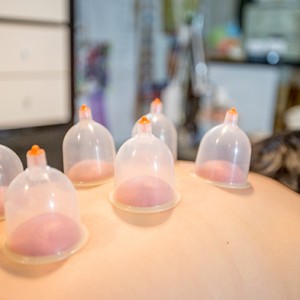Are you searching for a natural, holistic approach to health and wellness? Look no further than acupuncture, a key component of traditional Chinese medicine (TCM) that has been practiced for thousands of years. Acupuncture offers a gentle yet effective way to treat a wide range of health issues and promote overall well-being. What is Acupuncture? Acupuncture is based on the principles of TCM, which views the body as a complex system of meridians, or energy pathways, through which qi (vital energy) flows. According to TCM theory, disruptions or imbalances in the flow of qi can lead to pain, illness, and other health problems. Acupuncture aims to restore balance and promote healing by stimulating specific points along these meridians. Benefits of Acupuncture: Pain Relief: Acupuncture is well-known for its ability to alleviate pain, whether it’s due to chronic conditions like arthritis or acute injuries. Stress Reduction: Acupuncture can help reduce stress […]

